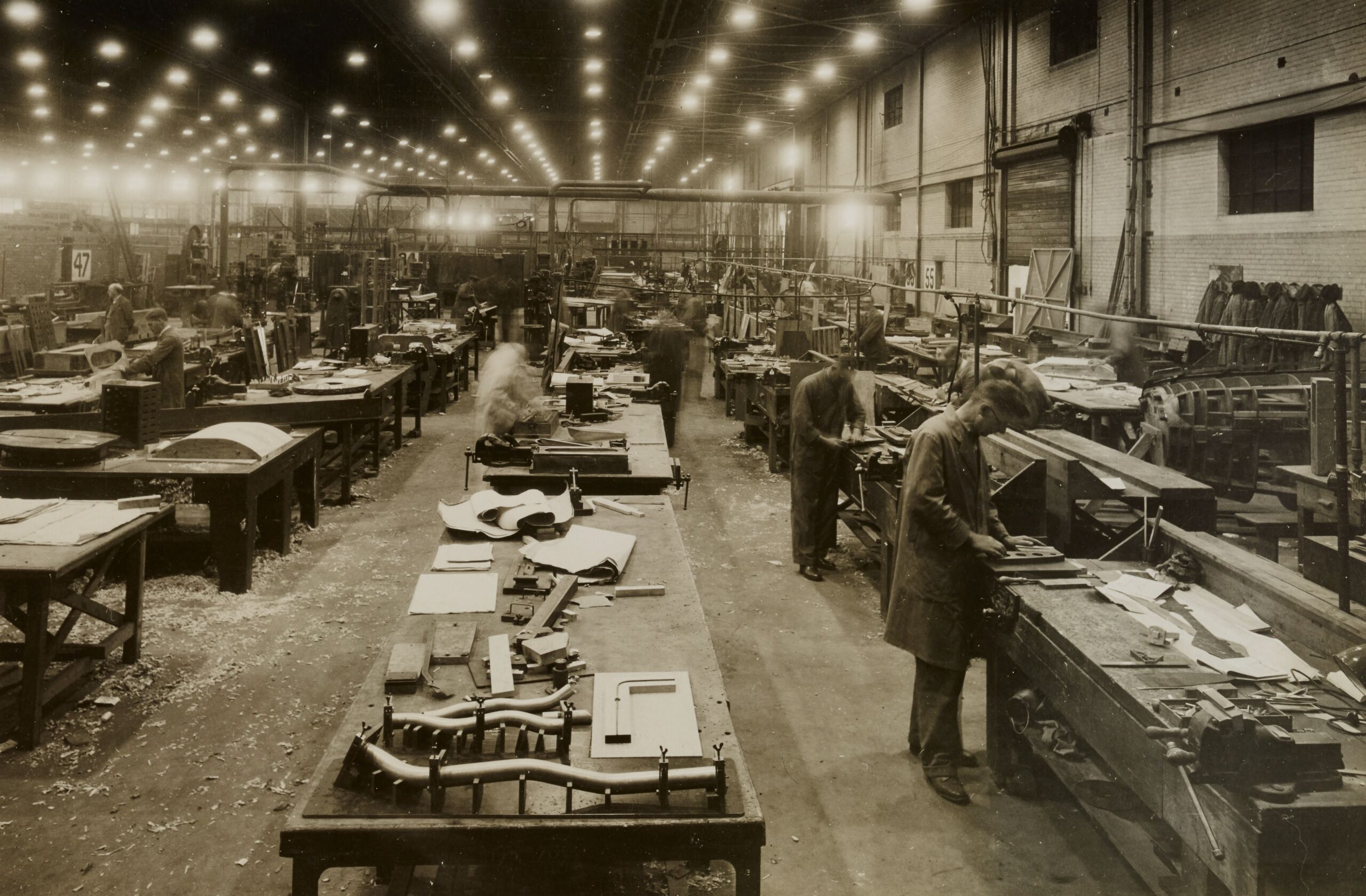
How Recruiting Has Evolved Since World War II
It’s 1982, and mullets, payphones, and clouds of hairspray are everywhere. Your trip to the grocery store was technology-free, your first car likely had a wood-paneled exterior and the best way to look up an old friend was by ‘letting your fingers do the walking’ in a phone book. Long-distance calls cost a small fortune and cell phones were the size of a mid-size Amazon box. And your job search? Your resume, or ‘curriculum vitae’, was likely faxed or mailed to companies and with the rise in VHS recording, could even include a video portfolio. Mailed or delivered in person of course!
The search for the highest quality workers is centuries-old. This began in apprenticeships, now, internships or contingency work, in a ‘try before you buy’ format. Employee recruitment in its current model, originated as a product of World War II from gaps in the workplace as soldiers were called to join the war effort. Headhunting began in this fashion when soldiers recommended to their superiors other specialized skills they saw in those on their team.
Derived from this, came the term ‘headhunter’ in the contemporary recruiting world. What was once a word-of-mouth, newspaper ad, cold call – or even more discomfiting – a call directly to your place of work, has become a streamlined talent acquisition process. What became of the classic headhunters of the 80s and 90s? This was a breed of gurus who searched high and low for uncommon skill sets in people to fill high-level roles. Do they still exist?
Current openings have changed in today’s technology-driven workplace; however, the premise of recruiting will always be to quickly find the most qualified talent. Headhunters, these frontrunners of talent acquisition; paved the way for future recruitment teams, recognized the necessity of exact skills match as technology grew, and provided resume writing and interview coaching services to candidates. Their success in placing a qualified candidate was reliant on networking and business connections and these affiliate relationships are a strong model for business development.
With the market fluctuations and recognized cost savings from rolling recruitment into HR departments, the problem then became finding internal people who were capable and good at finding great talent. Human Resources quickly absorbed this role in the form of in-house recruiters, parsed into an existing HR position or utilization of staffing companies. Depending on the size of the company, there is often a strong mix of internal and external recruiting services.
What is a recruiter? We are experts at finding, screening and attracting candidates for all types of open positions. Recruiters can own the entire talent acquisition process from client acquisition to talent placement. This can include creating job descriptions, reviewing resumes, interviewing candidates, and working with hiring managers to find the right match. Finding a new job while still employed can be challenging and recruiters ease the process by assisting with resume development, interview scheduling and we are the superheroes of communication.
Present day. Texting is now a popular form of candidate communication. Scan a QR code to apply now, furthermore, social media views are an expected part of the candidate vetting process. And a request for your resume can be fulfilled within seconds or downloaded from an abundance of online job boards. Virtual interviews, personality, and professional assessments can be conducted internationally and the onboarding process can be done via a virtual tour in the introduction to your new office mates!
And best of all, there are no mullets or pay phones involved.
Author: Lori Jolly
